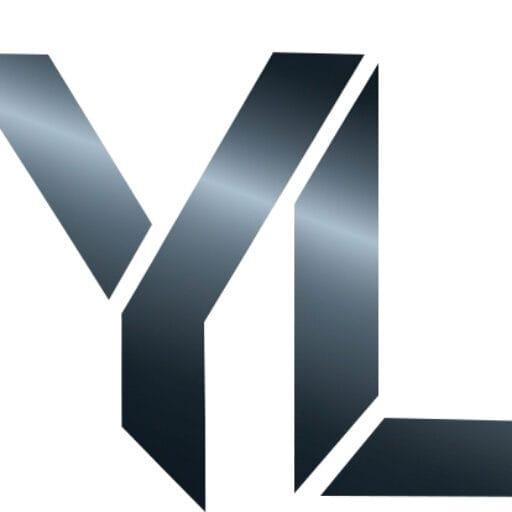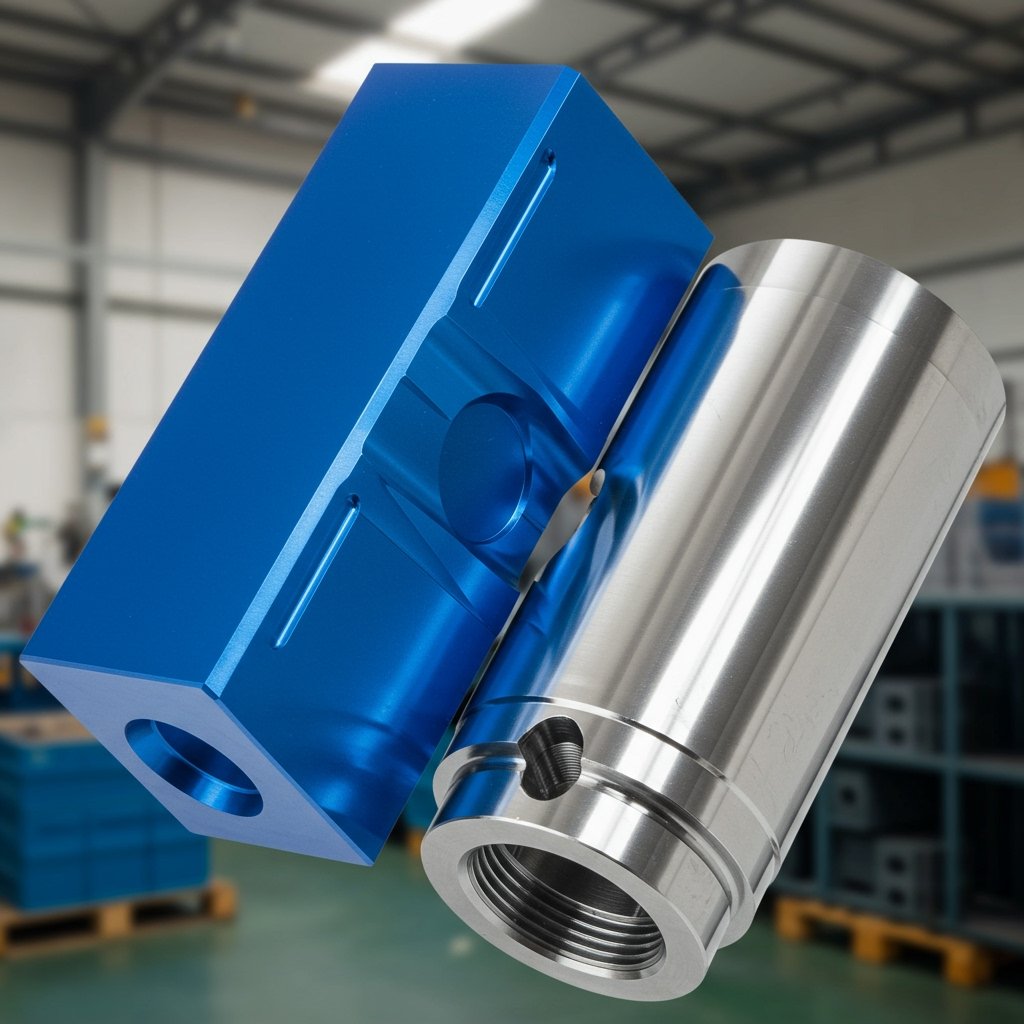Choosing between anodizing and electroplating for CNC machined parts is crucial for performance and aesthetics. Anodizing, typically for aluminum, forms a porous oxide layer, offering excellent corrosion and wear resistance with film thicknesses from 2 to 25 µm and a range of translucent colors. Electroplating, applicable to various metals, deposits a metallic layer for enhanced hardness, conductivity, or corrosion protection, with film thicknesses often from 5 to 50 µm or more, providing diverse opaque metallic finishes. Adhesion in both processes is robust when properly executed, but the chemical bond of anodizing on aluminum can offer superior integration, while electroplating’s mechanical and metallurgical bond is highly material-dependent.
Article Introduction
- Setting the Stage for CNC Machining Surface Finishes
- Understanding Anodizing for CNC Machining Components
- Exploring Electroplating for CNC Machined Components
- Direct Comparison: Anodizing vs. Electroplating for CNC Machining Projects
- Practical Applications and Selection Criteria for CNC Machining Surface Treatments
- Strategic Surface Finish Selection for Optimal CNC Machining Outcomes
- Related Questions on CNC Machining Surface Finishes
When considering surface finishing for CNC machined parts, the decision between anodizing and electroplating often presents a critical challenge for engineers and designers. As specialists in CNC machining from Shenzhen, we understand that this choice directly impacts the final product’s performance, aesthetics, and longevity. Our aim is to demystify these processes, providing a clear comparison of film thickness, adhesion properties, and color options based on practical experience.
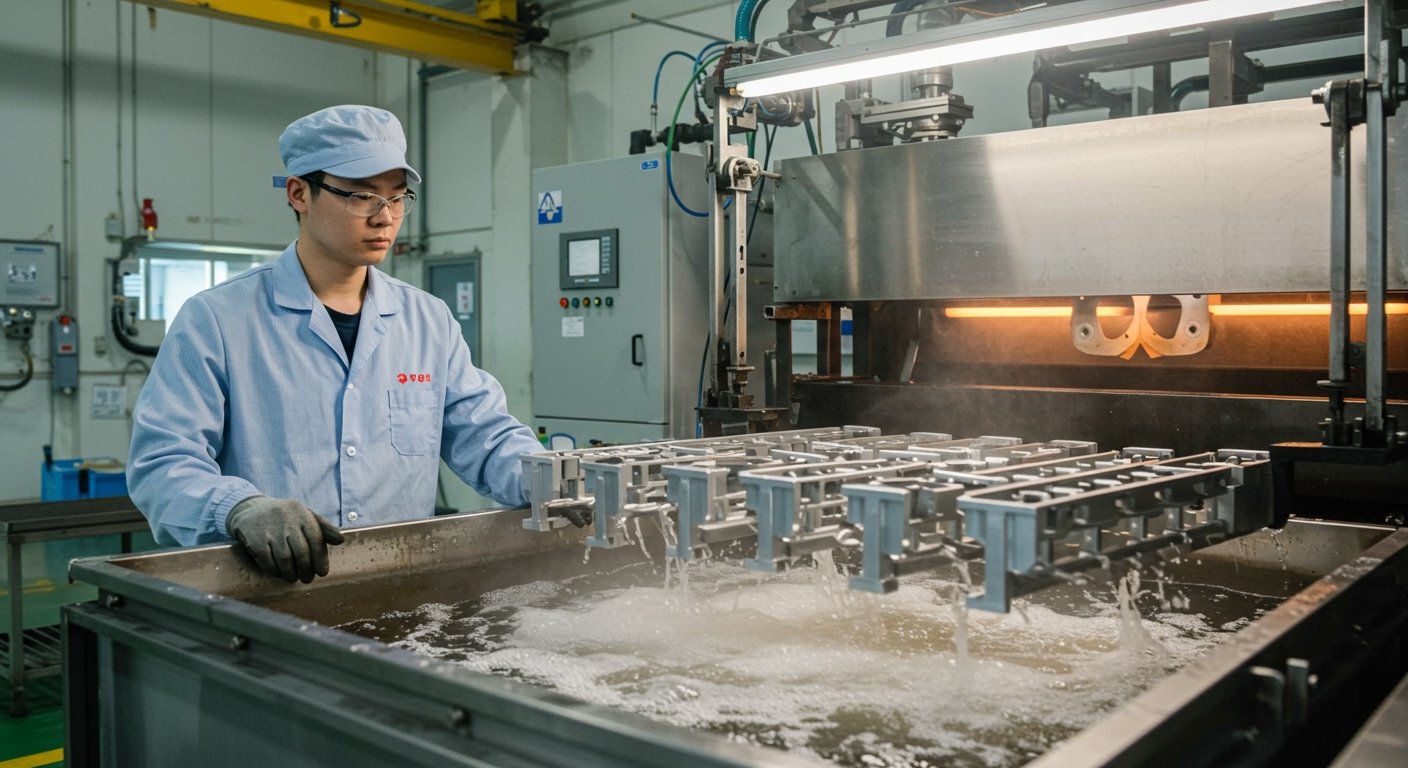
Setting the Stage for CNC Machining Surface Finishes
The surface finish of a CNC machined component is not merely an aesthetic concern; it is fundamental to its functionality and durability. Choosing the appropriate treatment is integral to the success of any project involving precision CNC machining. My experience shows that overlooking this step can lead to significant issues down the line.
The Critical Role of Surface Finishing in CNC Machining Projects
A well-selected surface finish enhances resistance to corrosion, wear, and abrasion, while also improving electrical conductivity or insulation. For components produced through CNC machining, the finish can dictate how the part interacts with its environment and other components. It directly influences factors such as product lifespan and overall customer satisfaction.
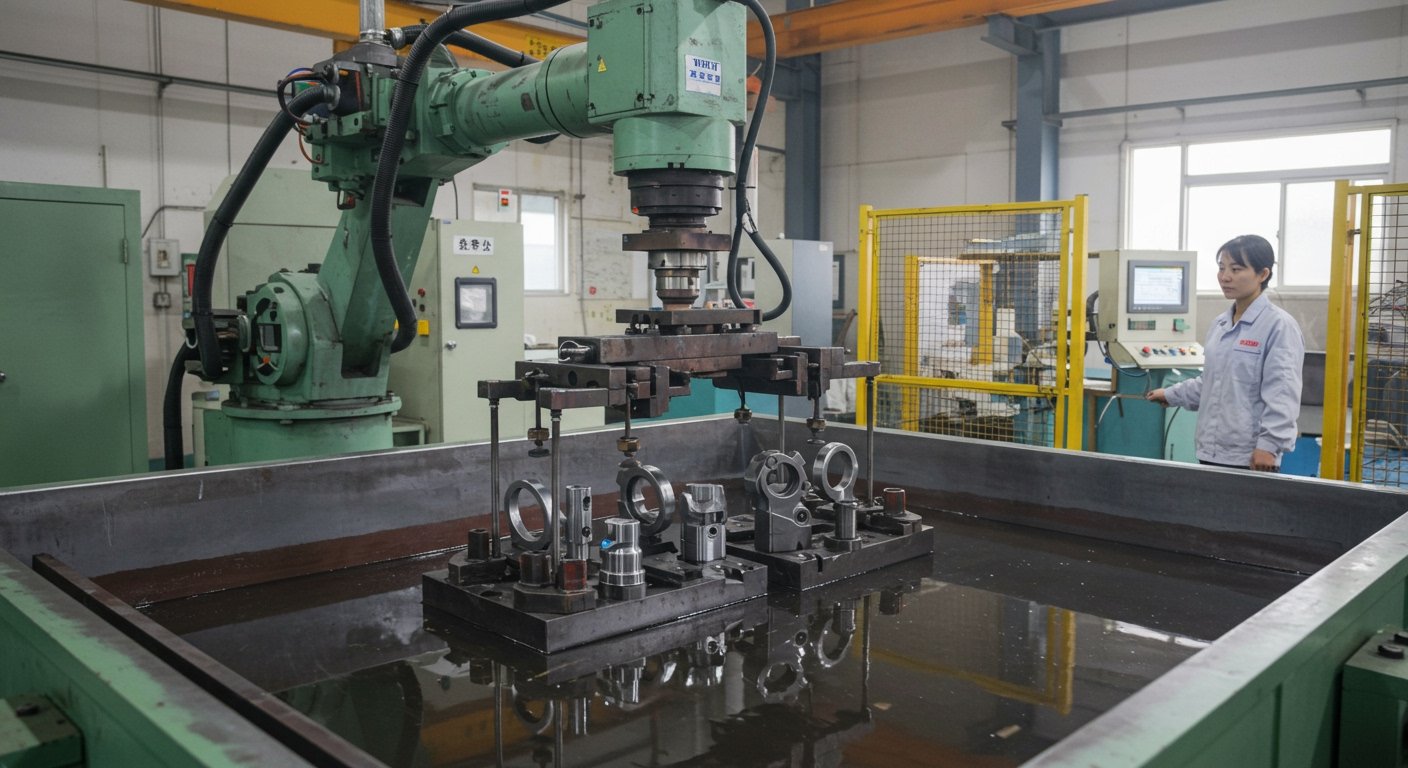
Understanding Anodizing for CNC Machining Components
Anodizing is an electrochemical passivation process used to increase the thickness of the natural oxide layer on the surface of metal parts. This process is predominantly applied to aluminum alloys, which are frequently used in CNC machining due to their excellent machinability and favorable strength-to-weight ratio. We find it to be a very reliable process for aluminum.
How Anodizing Enhances CNC Machined Aluminum Parts
During anodizing, the aluminum part acts as the anode in an electrolytic cell, creating an aluminum oxide layer that is much harder and more durable than the naturally occurring oxide. This enhanced layer provides superior corrosion resistance and wear protection. It also prepares the surface for subsequent coloring.
Film Thickness in Anodized CNC Machining: Precision and Control
The film thickness of an anodized layer can vary significantly, typically ranging from 2 to 25 micrometers (µm) for conventional sulfuric acid anodizing (Type II). Hard anodizing (Type III) can achieve thicknesses up to 50 µm or even more. Precise control over film thickness is critical in CNC machining to maintain tight dimensional tolerances, especially for mating parts. We meticulously monitor the process to ensure the specified thickness is achieved without compromising part integrity.
Adhesion Characteristics of Anodized Finishes on CNC Parts
The adhesion of an anodized layer is generally excellent because it is grown from the base material itself, chemically bonded rather than merely deposited. This integral bond means the oxide layer is far less likely to chip, peel, or flake compared to many deposited coatings. For CNC machined components, this inherent adhesion contributes significantly to long-term durability.
Color Options and Aesthetic Considerations for CNC Anodizing
Anodizing allows for a wide range of translucent colors by dyeing the porous oxide layer before sealing. Common colors include black, clear, red, blue, and gold, providing aesthetic versatility for various CNC machining applications. The final shade can be influenced by the specific aluminum alloy and the anodizing process parameters. However, the color depth and consistency can vary.
Advantages and Limitations of Anodizing in CNC Manufacturing
Anodizing offers excellent corrosion and wear resistance, a good aesthetic finish, and electrical insulation. However, its primary limitation is that it is mainly applicable to aluminum and its alloys. Additionally, achieving perfectly consistent color across different batches or complex geometries can be challenging for some CNC machined parts.
#### Anodizing Characteristics for CNC Aluminum Parts
| Characteristic | Description | Typical Value/Range |
|---|---|---|
| Applicable Metals | Primarily Aluminum and its alloys | Al 6061, 7075, 5052, etc. |
| Process | Electrochemical conversion of base metal to oxide | Electrolytic passivation |
| Corrosion Resist. | Excellent | > 1,000 hrs salt spray (Type III) |
| Wear Resistance | Good (Type II) to Excellent (Type III) | Increased surface hardness |
| Dimensional Impact | Adds to dimensions; typically half the film thickness grows into the part, half outwards | 0.0001 to 0.002 inches (2.5 to 50 µm) |
| Electrical Prop. | Insulative | Dielectric strength up to 2,000 V |
Exploring Electroplating for CNC Machined Components
Electroplating, also known as electrodeposition, is a process that uses an electric current to reduce dissolved metal cations so that they form a coherent metal coating on an electrode. This method is highly versatile and can be applied to a broad spectrum of base materials used in CNC machining, including steel, brass, copper, and even aluminum (with specific pre-treatment).
The Electroplating Process for Diverse CNC Machined Metals
In electroplating, the CNC machined part acts as the cathode, attracting metal ions from the solution to form a uniform layer on its surface. This process allows for the deposition of various metals like nickel, chrome, zinc, gold, and silver, each offering distinct properties. It’s a key process for multi-material CNC projects.
Controlling Film Thickness in Electroplated CNC Machining Applications
Electroplated film thicknesses can range from a few micrometers (e.g., decorative chrome) to hundreds of micrometers (e.g., hard chrome for wear applications). The thickness is controlled by the current density and plating time. For precision CNC machining, careful control is essential to avoid altering critical dimensions. Our Shenzhen facility carefully manages these parameters.
Ensuring Superior Adhesion with Electroplated CNC Parts
Adhesion in electroplating depends on surface preparation, cleanliness, and the metallurgical compatibility between the base material and the plated metal. With proper pre-treatment, which often involves cleaning, etching, and activation, the deposited layer forms a strong mechanical and often metallurgical bond. We prioritize meticulous surface preparation for robust adhesion.
Color and Finish Variety in Electroplating for CNC Components
Electroplating offers a wide array of opaque metallic colors and finishes, from bright chrome to matte nickel, and even precious metals like gold and silver. This allows for diverse aesthetic requirements in CNC machining. The choice of plating material dictates the color and luster of the finished part.
Key Benefits and Drawbacks of Electroplating for CNC Machining
Electroplating provides excellent corrosion resistance, improved wear resistance, enhanced electrical conductivity, and a broad range of material applications. However, it can be more prone to hydrogen embrittlement in high-strength steels and requires careful waste management due to the chemicals involved. The precise selection for CNC machined parts is critical.
#### Electroplating Characteristics for CNC Metal Parts
| Characteristic | Description | Typical Value/Range |
|---|---|---|
| Applicable Metals | Wide range (steel, brass, copper, aluminum with pre-treatment) | Ni, Cr, Zn, Au, Ag, Cu, Sn |
| Process | Electrodeposition of a metallic layer | Galvanic coating |
| Corrosion Resist. | Varies by metal (e.g., Zinc: Good; Chrome: Excellent) | 24 to > 1,000 hrs salt spray |
| Wear Resistance | Varies by metal (e.g., Hard Chrome: Excellent; Soft Gold: Moderate) | Increased surface hardness, lubricity |
| Dimensional Impact | Adds to dimensions; typically 100% of film thickness builds up on surface | 0.0002 to 0.004 inches (5 to 100 µm+) |
| Electrical Prop. | Conductive (varies by metal) | Enhances conductivity or provides shielding |

Direct Comparison: Anodizing vs. Electroplating for CNC Machining Projects
When faced with a CNC machining project, understanding the nuanced differences between anodizing and electroplating is paramount. Our experience in Shenzhen has taught us that the optimal choice depends heavily on the specific application requirements. We analyze these key aspects to guide our clients.
Comparative Analysis of Film Thickness in CNC Machining Finishes
Anodizing builds an oxide layer into and onto the aluminum surface, meaning approximately half the thickness grows into the part and half outward. Electroplating, conversely, exclusively adds material onto the surface. This difference is crucial for maintaining tight tolerances in precision CNC machining. Designers must account for this dimensional change.
#### Film Thickness Comparison for CNC Machined Components
| Feature | Anodizing (Type II/III) | Electroplating (General) |
|---|---|---|
| Mechanism | Conversion coating (grows into and out of surface) | Additive coating (builds up on surface) |
| Typical Range | 2 – 50 µm (0.00008 – 0.002 in) | 5 – 100 µm+ (0.0002 – 0.004 in+) |
| Impact on Part Dim. | Approximately 50% of thickness contributes to dimensional growth (e.g., 20µm adds 10µm to radius) | 100% of thickness contributes to dimensional growth (e.g., 20µm adds 20µm to radius) |
| Precision Control | Good, especially for Type II | Good, depends on process and plating material |
Evaluating Adhesion Properties for Robust CNC Machined Parts
The adhesion of anodizing is fundamentally strong due to the integral nature of the oxide layer with the base aluminum. Electroplating relies on a strong metallurgical or mechanical bond, which is highly dependent on rigorous surface preparation and the compatibility of the metals. Both can offer excellent adhesion if performed correctly, but the failure mode can differ.
Navigating Color and Aesthetic Choices for CNC Components
Anodizing offers translucent colors, allowing the metallic sheen of the aluminum to show through, providing a distinct aesthetic. Electroplating provides opaque metallic finishes, ranging from bright and shiny to matte, and can replicate the look of more expensive metals. For decorative CNC machining, this contrast in aesthetic is a key differentiator.
#### Color and Aesthetic Choices for CNC Surface Finishes
| Feature | Anodizing (Type II/III) | Electroplating (General) |
|---|---|---|
| Color Type | Translucent, dyes the porous oxide layer | Opaque, metallic finish of the deposited metal |
| Color Range | Limited by dye availability; black, clear, red, blue, gold are common | Broad, depends on plating metal (e.g., nickel silver, gold, chrome) |
| Surface Finish | Retains base metal texture; can be matte or bright | Can be bright, semi-bright, matte, or satin; often masks base texture |
| UV Resistance | Good for inorganic dyes and hard anodize; organic dyes may fade | Generally very good for metallic coatings |
| Consistency | Can vary with alloy and geometry | Generally consistent, but may show variations on complex geometries |

Corrosion Resistance and Durability for CNC Machined Parts
Both processes enhance corrosion resistance, but through different mechanisms. Anodizing creates a passive oxide layer, while electroplating provides a barrier layer of a more noble or sacrificial metal. For many harsh environments, hard anodizing on aluminum or certain electroplated coatings like nickel-chrome on steel offer robust protection for CNC components.
Material Compatibility Considerations in CNC Machining Surface Treatment
Anodizing is primarily for aluminum. Electroplating, however, is compatible with a much broader range of materials including steel, copper, brass, and even plastics (with appropriate pre-treatment). This makes electroplating more versatile for projects involving diverse CNC machined substrates.
Cost Implications and Lead Times for CNC Finishing Decisions
The cost and lead time for both processes vary based on part geometry, volume, specified thickness, and required quality. Generally, basic anodizing can be more cost-effective for aluminum parts. However, specialized electroplating for complex applications or precious metals can incur higher costs and longer lead times. Our team in Shenzhen provides detailed quotes to ensure transparency.
Environmental Footprint of Anodizing and Electroplating in CNC Production
Both processes involve chemicals that require responsible waste treatment. Modern facilities adhere to strict environmental regulations, minimizing their impact. We ensure our finishing partners comply with the highest standards, reflecting our commitment to sustainable CNC machining practices.
Practical Applications and Selection Criteria for CNC Machining Surface Treatments
Making the final decision between anodizing and electroplating for your CNC machined parts requires a thorough understanding of their practical applications. Our goal is to provide actionable guidance to optimize your product’s performance and cost-effectiveness.
When to Choose Anodizing for Your CNC Machining Requirements
Anodizing is the go-to choice for aluminum CNC machined parts when corrosion resistance, wear resistance, and a decorative, durable finish are paramount. It is ideal for aerospace components, architectural elements, consumer electronics enclosures, and automotive parts where lightweight strength is critical. The integral nature of the oxide layer makes it highly desirable for components requiring excellent adhesion.
When Electroplating Excels for Demanding CNC Machined Components
Electroplating shines when you need to coat materials other than aluminum, or when specific properties like high hardness (hard chrome), enhanced electrical conductivity (gold, silver), or magnetic properties (nickel) are required. It’s often chosen for industrial tools, electrical connectors, medical instruments, and heavy machinery parts fabricated through CNC machining. Its versatility in material application is a significant advantage.
Addressing Common Quality Concerns in CNC Machining Surface Finishes
Common quality issues include inconsistent film thickness, poor adhesion leading to peeling, and uneven color or surface blemishes. To mitigate these, we implement stringent quality control checks at every stage, from surface preparation of the CNC machined parts to post-treatment inspection. Our experienced technicians understand the intricacies of each process.
Ensuring Consistent Quality and Timely Delivery in CNC Finishing
Reliable quality and on-time delivery are non-negotiable. At ly-machining in Shenzhen, we partner with certified finishing facilities that utilize advanced equipment and adhere to strict process controls. We maintain open communication channels to manage expectations and resolve any issues promptly, ensuring your CNC machining projects stay on track. This proactive approach minimizes delays and ensures optimal results.
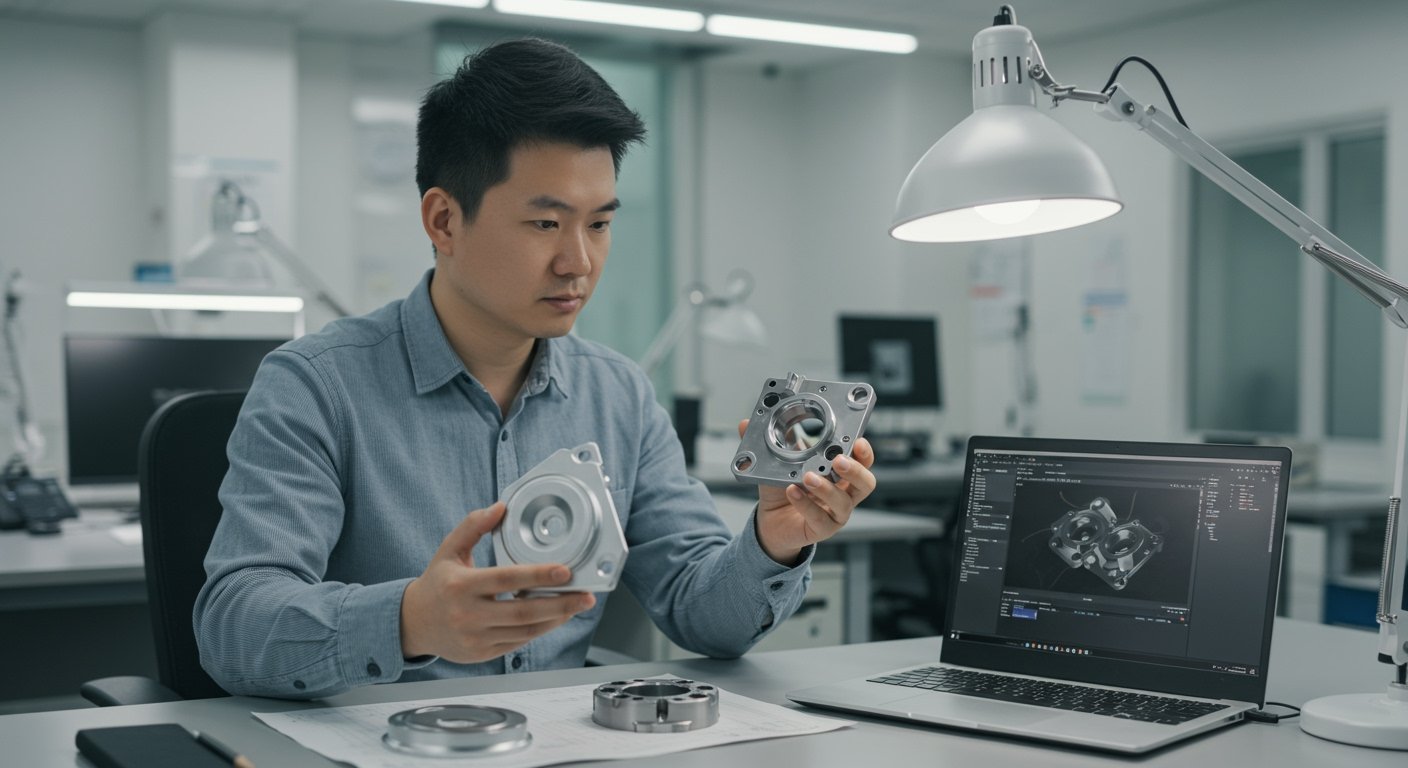
Strategic Surface Finish Selection for Optimal CNC Machining Outcomes
The choice between anodizing and electroplating is a strategic one, profoundly influencing the functionality, aesthetics, and economic viability of your CNC machined products. It is not a one-size-fits-all decision. My experience underscores the importance of a detailed analysis of application demands, material properties, and environmental factors.
Making Informed Decisions for Your CNC Machined Products
By carefully evaluating film thickness requirements, adhesion needs, and desired aesthetic outcomes, alongside material compatibility and cost, you can make an informed decision. Our team at ly-machining is here to consult on your specific CNC machining project needs. We provide expertise to help you navigate these complex choices, ensuring your parts receive the optimal surface treatment for their intended use.
Related Questions on CNC Machining Surface Finishes
Q1: Which finish offers better wear resistance for high-stress CNC machined parts?
For high-stress CNC machined aluminum parts, hard anodizing (Type III) typically offers superior wear resistance due to its significantly thicker and denser oxide layer. For other base materials, specific electroplating options like hard chrome plating or electroless nickel plating can provide exceptional wear resistance, often surpassing anodizing in terms of surface hardness. The choice depends heavily on the base material and specific application.
Q2: Can both anodizing and electroplating be applied to stainless steel CNC components?
No, anodizing is primarily for aluminum and its alloys. Stainless steel cannot be anodized in the traditional sense. Electroplating, however, can be applied to stainless steel CNC components. Common electroplating options for stainless steel include nickel plating for corrosion resistance, chrome plating for a hard, decorative finish, or even gold plating for electrical conductivity or specific aesthetic requirements. Proper surface activation of stainless steel is critical for good adhesion.
Q3: How does ly-machining ensure quality control for surface finishes on complex CNC parts?
At ly-machining in Shenzhen, we ensure quality control for surface finishes on complex CNC parts through a multi-faceted approach. This includes: stringent pre-treatment inspections to ensure the CNC machined part’s surface is optimal for finishing; partnering exclusively with ISO-certified finishing facilities that use state-of-the-art equipment and follow strict process parameters; conducting post-finishing inspections for film thickness (e.g., eddy current or micrometer), adhesion (e.g., tape test or cross-hatch test), and visual appearance (e.g., color consistency, absence of defects). We also implement robust communication protocols with our finishing partners to address and resolve any issues proactively, guaranteeing the highest quality for our clients.
